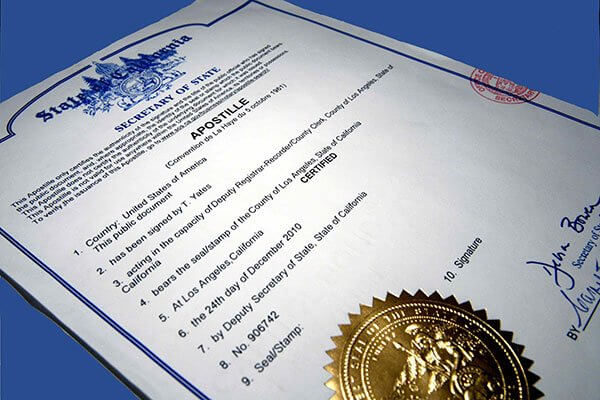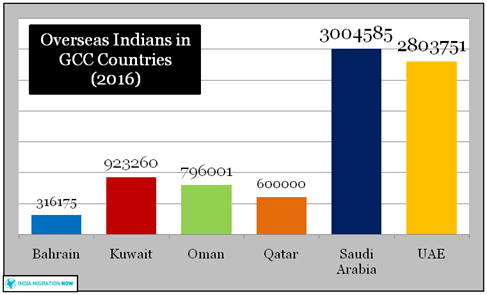Well, I am just done with this one, I took all the time I could to read it because I live with my books for days. If I finish a book too fast, I forget it fast. To let a book seep deep into my psyche I read it ever slow. That way I retain its pages and memories for days and months to come. Over time you forget details, but slow-reading helps keep what you read fresher in mind and for longer.
This is my second book by the author. Frankly the first one to me sounded amateurish. Understandable, as the author was stepping onto new tarmac, writing books. But I have been reading the columns by the author for long, may be some 10-12 years now, that I have developed or acquired a taste for this style of writing. What made me come back for more in those days was the political satire and trademark sarcasm. I never expected such a firebrand from our neighbours who I always imagined to be dour and boring lacking inspiration and mirth!!!
So from journalism to authoring on research is a natural progression I guess. I think in my mind, I gave nicknames to the author in his prime blogging days: postmortem specialist (!) (for the way he analyzed matters throwing everything threadbare especially about Cricket). His blogs were winding!
But I would like to now commend the author for keeping the book short and sweet. Just the right volume, crisp writing and good finishes. Nice correlation to the subject or theme of the book. Different approach.
The language is an awow! I love the prose, the flow, the grammar, the idioms and phrases, the metaphors, the simile or whatever! In fact I try to copy from the author (i am amateur and very private blogger)! In my early blogging days, the author was my psychological guru (of which he may have had no idea)! Anyway, who am I here to review any book. Just a housewife me past my prime with too much time in hands. But books take my mind off a lot of matters and give me a strange sense of peace. And this is one of a kind.
As for the book, I guess the author has come of age. May be this is his third? So what did I miss. I read the first in my kindle. This one I got as hardcover edition in India.
Normally I don’t subscribe to Pakistani views (!) in many matters because, there is this conflict of interest in anything of India-Pakistan nature. But the author is neutral kind of. Rational. This I have inferred over years reading him. I think I can go with him.
I like the lucid prose as I said. I like the precise narration interspersed with personal touches here and there to the right measure to add spice and credence to the story. Here is one window into contemporary Pakistan history and culture on broader spectrum. May be a bit unofficial, if I must add. The author could have drafted the volume in more official form editing parts, had he wished to make it a text book for young Pakistanis in near or far future. How about building this aspect into future works? This can do for a nice non-detailed read for English literature (and not history) for standard 11 & 12 in my opinion. Or even class 9 and 10. I mean, by Indian standards. I would want the drug details to be edited. And I would ask for more specifics.
My particular love is Indus Raga. Indus raga is the raag called Sindhu Bhairavi literally in classical Hindustani/Carnatic, the native or traditional music of India. It is also a raag very close to my heart. I liked the sync the author made with the chapter and the raga that took the name of the magnificent Sindhu nadhi, albeit unwittingly. Anyway loved the sindhu folk music and thanks a ton for the reproduction of the verses. Of particular interest was also the entry from the west on Pakistan pop and sufi pop in specific. This one authentic Pakistan music/art form has millions of followers from India and I am one among them even if I am not as knowledgeable. If I can have a say on this matter, I would like Pakistanis to master the Hindustani classical. The old doyens must have done that, but the current crop may not be keeping up with the classical. You will lose the sound base when you don’t take care of the foundations, in my opinion. Western music is totally a different scene. And dear author, don’t call it eastern music please. Have a heart and courage and intellectual honesty to call Hindustani classical by its name. You have every right to stake a claim in undivided India’s Hindu cultural past. You cannot write Pakistan history without mentioning India. You are Pakistan only from 1947. For 4000 years you were India and for 3000 years or even 3800 years you were Hindu. You are muslim and Pakistani only for a decimal fraction of Hindu Indian history. Of course, this is the point the author has been trying to score in his entire book. And unlike southern India, what constitutes Pakistan was prone to multiple foreign invasions. Has it ever struck any Pakistani that, had the British been like the mugals spreading faith by sword, they would all be christians today?! You can ask the Filipinos. They were muslims first, but with Spanish conquest, they converted from Islam to Christianity. 200 years or so of being muslim and then becoming fanatical christians. Yes, this is also history. This is the history of the vanquished. Now there are no pious catholics like our filipino brothers and sisters. Soon they will grace the world with a pope!
My favourite Pakistan pop was Junoon that I was crazy about in my Malaysian days. Not a day went without listening to them. I love the deepthroated base voice of the Pakistani male vocalists.
I wish I can visit Mohenjo Daro someday. Otherwise I have to satisfy myself only with the Bollywood flick with our desi Hrithik Roshan hahaha! King Porus was actually the Hindu king Purushotham who Alexander defeated. A word here. I had this ‘de javu’ reading the book as the content sounded familiar to me from the author’s columns in their national newspaper.
The book is an insider view of Pakistan in 1980s. My first memory of Pakistan was about Bhutto hanging. It was in the Tamil daily ‘Dhina Thanthi’ and even ‘the Hindu’ I guess, that my granny read aloud. That was the first time I heard the name or word called Pakistan. I don’t remember the year. I remember my parents discuss this though I cannot recall the finer details. I do recall the fireworks going up in my neighbourhood when the Zia plane crash news was out. I too jumped up and down with friends in celebration! I think we friends assembled in our terrace celebrating the demise of the monster. The last moving news was Benazzir’s assassination which felt as worse as Rajiv’s. I am not lying when I say whole of India wept for her. We did mourn her in our holiday resort for the year end. It spoilt our picnic mood. It was a moment to reckon for me and most of us in India the way the shock permeated us. At that time, we felt a connection. But why should that happen with a tragedy of such mammoth proportions. Why can’t we just be friends.
To my knowledge, Indians in general see Pakistanis like siblings in spite of cultural differences. India is naturally protective about the entire Indian subcontinent and we may feel responsible for the SAARC nations. You will understand this only when you are Indian by birth. For us the other five to six nations carved out of one landmass Bharat Varsha – Nepal, Bhutan, Pakistan, Bangladesh, Sri Lanka will always stay Bharat or extension of Bharat. But gladly there is no India anti-thesis in this book. I am weary of Pakistani writing for this one thing. They all implicate India in some manner for something. It was a relief reading the book with no reference to India mostly. Not even the Nazia-Zoheb connection to India through Qurbani made it to the book. That is very thoughtful on part of the author. Nazia Hassan was my mother’s favourite before she passed away in 1982. I could sing Nazia’s and Runa Leila’s in that year in the generally non-Hindi speaking Tamil Nadu procuring cassettes. This demonstrates the reach of Pakistan pop in India.
What is my general take on reading the book and on Pakistan: you need to work a lot more hahaha! I do sometimes find the flair missing, please don’t get me wrong; I mean, the flair is missing about the nation. I find this in amateur video edits, news bulletins, etc., where I find the finishing not upto the mark. I find the professionalism lacking. I find the same issue with Pakistan produce that I come across in middle east. The packaging and even the substance leave a lot to be desired. I can’t pinpoint reasons. May be there aren’t many motivational heroes. Inspiring personalities. See, it is not about the size or ethnicity of a nation. You must have that spark. If you don’t have it, light one up.
I may not have traveled as widely as the author but I am also an NRI (non resident Indian) on and off for over a quarter century. We meet Pakistanis in our everyday life in the middle-east. Our men work together in the same professions. Generally we are polite and civil towards each other. North Indians especially enjoy such a bonhomie with Pakistanis as they speak the same language and even share similar cuisine. Every time I pick a Pakistani produce such as fresh green peas or green tea or a kurti, I think of the Pakistani farmers and not of Musharraf or Kashmir or the nuclear missiles or even Modi! I see Pakistanis buy lots of Indian stuff. There is presence of Indian manufacture and even Indian automobiles in middle east, but never have I come across a made-in-Pakistan industrial product. Brand building is not an easy exercise. India did not have it cheap or easy.
Traveling does open avenues of your mind. But the essence of you always stays with you wherever you may go. I agree with the author that their economy is in doldrums, far worse than Indian. I have heard of widespread corruption putting even India to shame! But the pot cannot call the kettle black. So I stop here!
The book is a breezy read – like even a coffee table book. Refreshing perspectives. Is it too much to have expected pictures?
Its okay, enjoy being called an Indian, buddy! I am happy you are mistaken for one! You are after all Nadeem = mitr = mitwa = dost = snehidhan(e) !





